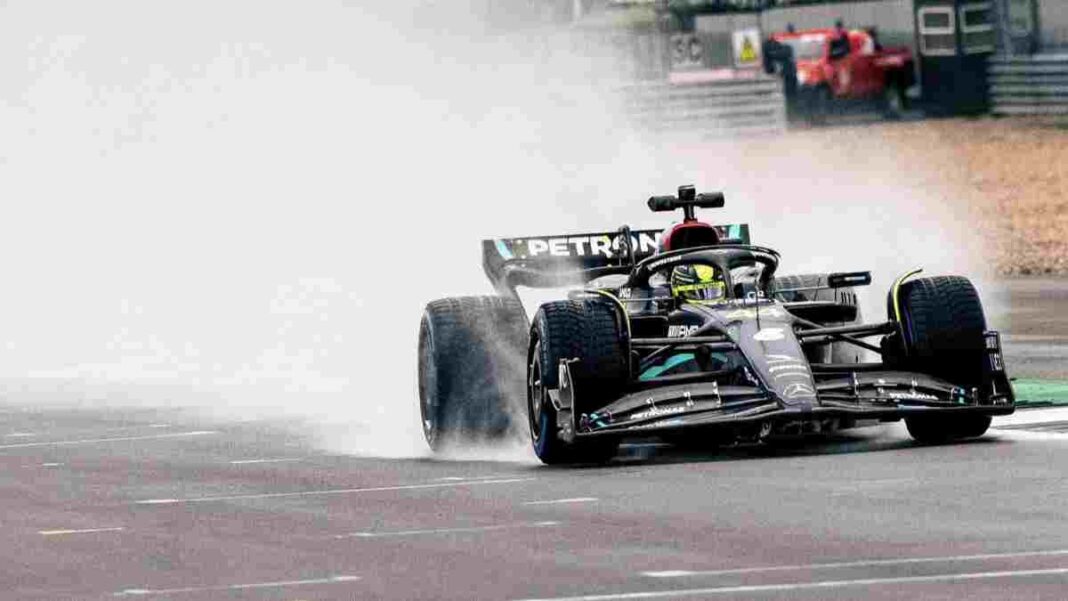INDIA: The Coanda effect, named after Romanian aerodynamicist Henri Coanda, is a phenomenon in fluid dynamics that has significant implications in various areas of daily life, including motorsports. The effect occurs when a fluid or gas flows over a curved surface and adheres to it, creating a zone of low pressure that pulls the flow towards the surface.
The Coanda effect can be used in many ways, from making everyday household appliances work better to changing the way racing cars are made.
From aeroplanes to hair dryers, the Coanda effect is a key part of how many everyday things are made and work.
The design of air conditioning units is one example of the Coanda effect in action. The Coanda effect pulls air down and across the room in the air conditioner, resulting in more evenly distributed cool air distribution.
This airflow manipulation is achieved with the help of a curved surface in the shape of a backwards-facing step. The design ensures a more comfortable environment and saves energy, as the unit does not have to work as hard to cool the room’s temperature.
The Coanda effect may seem like a small detail, but it has enormous implications for the performance of many different types of machinery.
For example, in aeroplanes, the Coanda effect keeps air flowing smoothly over the wings and fuselage, which helps to increase lift and decrease drag.
The increased lift makes it possible for planes to fly at higher speeds and altitudes, while decreased drag helps them use less fuel.
Another application of the Coanda effect is in motorsports, where it has been used to great effect to improve the performance of racing cars.
In Formula One, the design of the car’s wings and underbody is critical to achieving maximum downforce and speed.
Using the Coanda effect, designers can make better airflows and reduce a car’s drag. This makes the car easier to handle and speeds up lap times.
The Coanda effect is particularly significant in developing the diffuser, the curved section of the underbody that helps generate downforce.
By curving the diffuser’s walls and using the Coanda effect, designers can create a low-pressure zone that pulls the airflow downward and creates a vacuum behind the car.
This low-pressure zone helps the car create significant downforce, improving the car’s grip and stability in high-speed corners.
The use of the Coanda effect in motorsports has been revolutionary, and it continues to be a critical factor in the design of race cars.
In recent years, Computational Fluid Dynamics (CFD) has enabled designers to simulate the effect of different designs on airflow, allowing them to optimize their designs to achieve the best possible performance.
However, it’s not just motorsports that the Coanda effect significantly impacts. The effect has also been used in aircraft design, wind turbines, and vacuum cleaners. For example, the Dyson Air Multiplier fan uses the effect to pull air in from the bottom of the fan and speed it up as it goes over the curved surface. This makes a strong stream of air without the need for blades.
From improving the efficiency of household appliances to revolutionizing the design of racing cars, the Coanda effect is proving to be a valuable tool in developing new technologies.
As our understanding of fluid dynamics continues to advance, the effect will likely become even more critical in shaping the future of our world.
Also Read: Colossal Biosciences Tries to Bring Back Dodo and Woolly Mammoth



